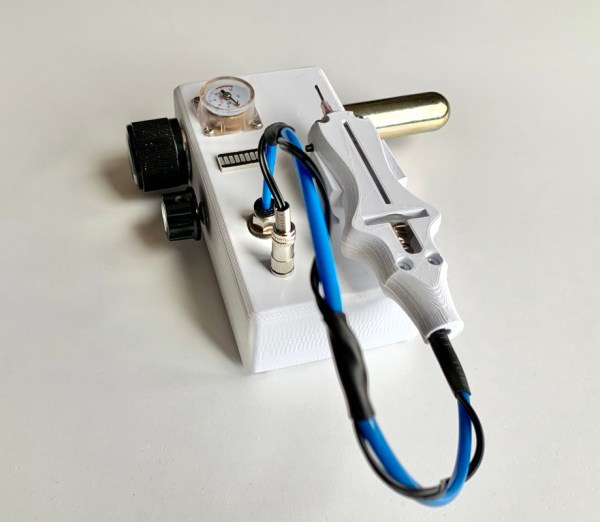It’s an age-old conundrum for anyone working with retro hardware: preserve its original condition or not? The answer depends so often on a complex mix of how rare, obsolete or unusable the device is in its original form , and what the intended use for the device will be. For [Typhon Mind] who needed a novelty method of recording best wishes at a wedding through an old dial phone there was no need for it to be entirely original, so the solution was to turn it into a USB device for a host computer.
Out went the original circuitry, and in came a USB hub, a USB audio interface, and an Arduino. The original earpiece would suffice, but the microphone was replaced with a more modern one. The Arduino will register the cradle switch, and also power a set of LED addressable lights under the unit.
The result is a phone that retains all its looks, but has a new life as a PC peripheral. We’d venture to suggest that also using the Arduino to read the dial and produce DTMF tones might make it a valid peripheral for a VOIP application and complete the transformation, but that’s something that could be done at a later date. Maybe it could even be given a GSM makeover.












